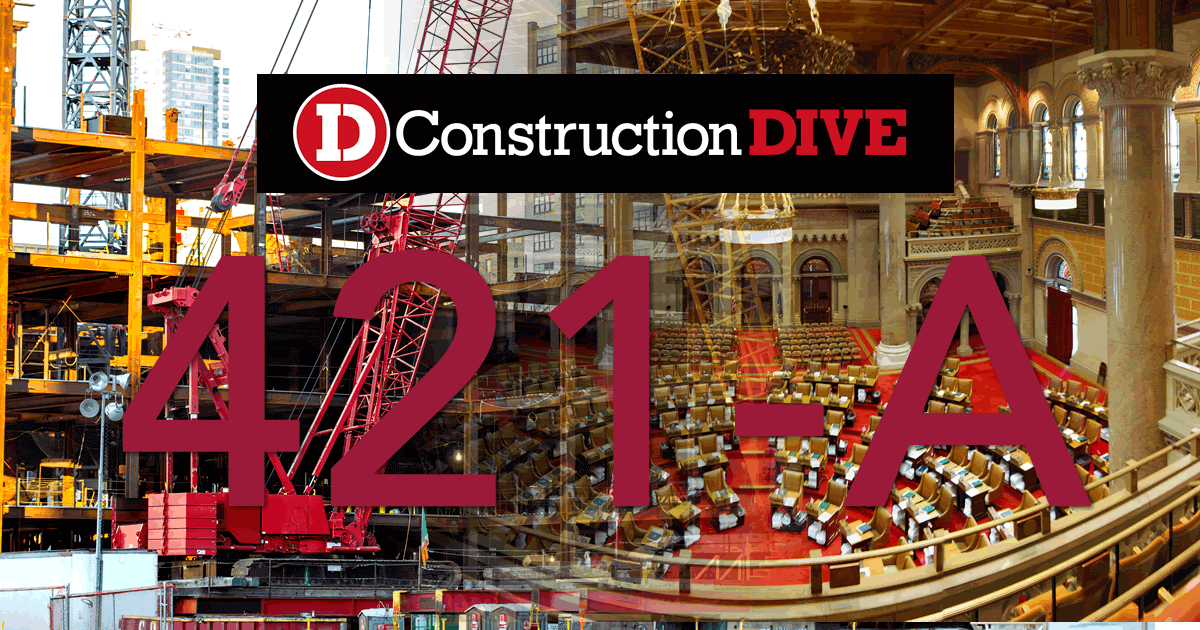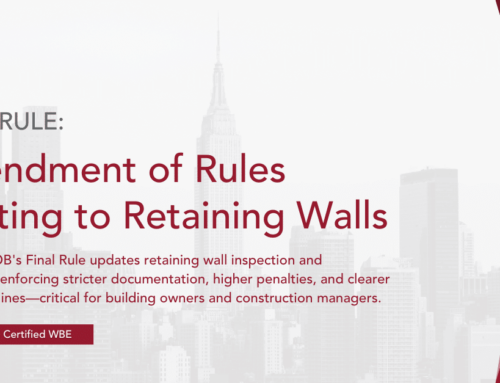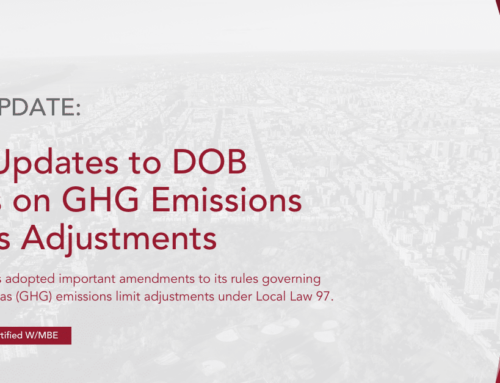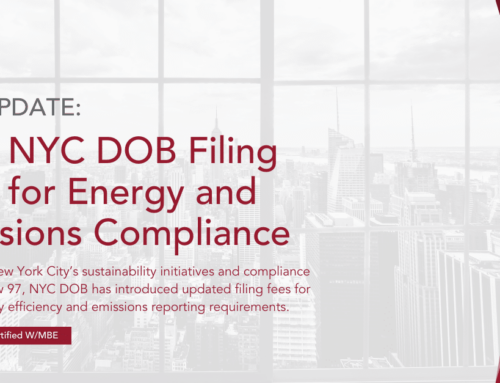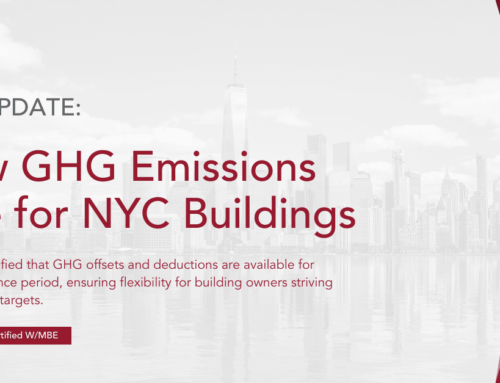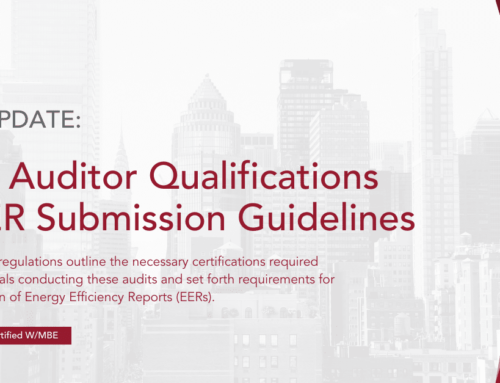From Construction Dive:
Dive Brief:
- A recent agreement to revive the 421-a tax credit in New York aimed at encouraging real estate developers to build more affordable housing in the city isn’t a sure bet yet, according to Crain’s New York Business columnist Greg David.
- The deal still must be presented — and passed — in bill form by the state legislature and signed by New York Governor Andrew Cuomo to be formally approved in 2016. Waiting until the new year could put the would-be legislation at the mercy of budget talks.
- Cuomo has previously called for a special session to parse issues including the 421-a revival and to finalize a memorandum of understanding that would release $2 billion in funds for affordable housing.
Dive Insight:
The revamped 421-a tax break sets new wage requirements for workers on projects claiming the credit based on their location, in addition to lengthening the abatement period and increasing the required percentage of below-market units from 20% to 25% to 30%.
However, the exemption has been mired in confusion over which projects are eligible and whether those to which the new wage floor doesn’t apply could still claim the tax break, David explained.
Critics of the program cite the longer abatement period and the limited application of wage requirements as sapping the city’s tax revenue, making the plan unviable.
The revival of the program, which generates $1.4 billion annually, for use on new projects forms part of New York Mayor Bill de Blasio’s plan to provide 200,000 new or existing affordable homes in New York City over the next decade.
Housing and finance officials in New York City recently warned 3,000 landlords that they are in danger of losing the 421-a tax break unless they comply with rent stabilization measures, which previously went largely unenforced.
Read more from Construction Dive…

